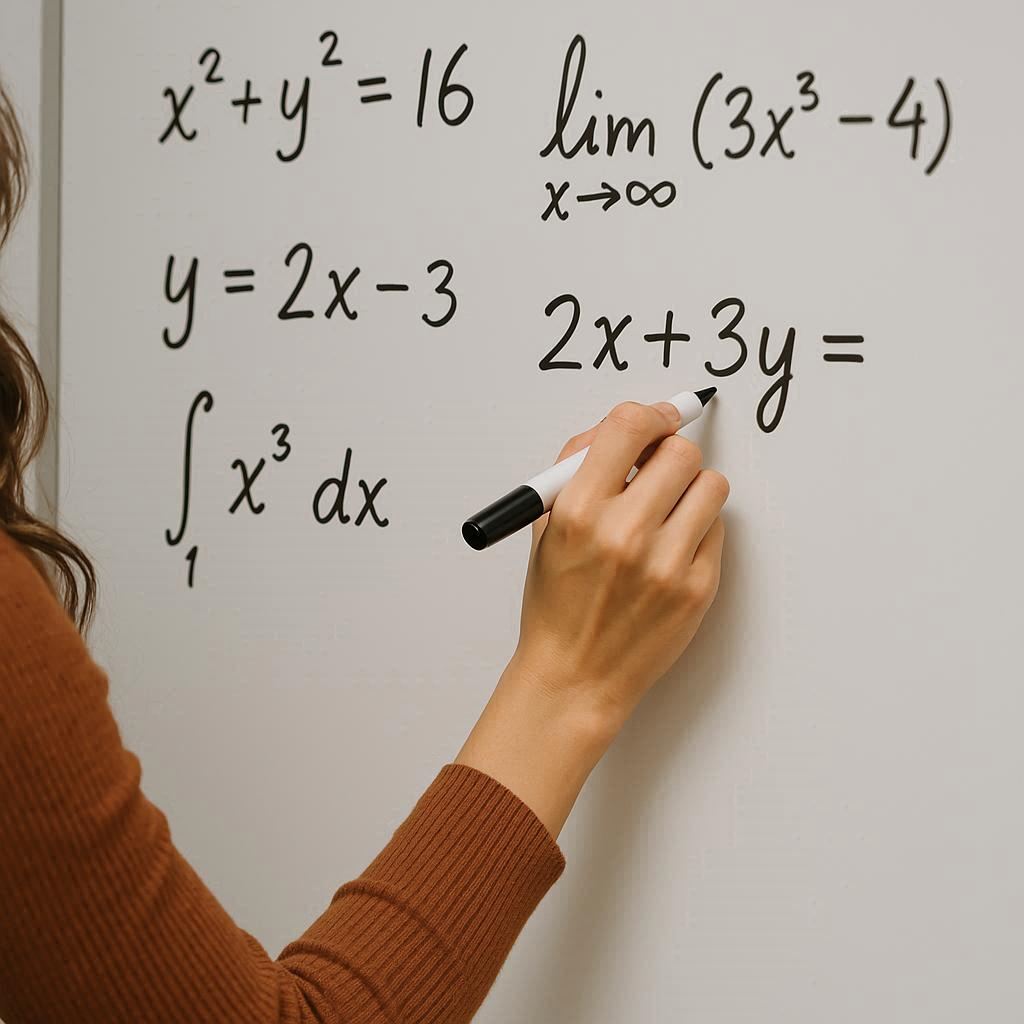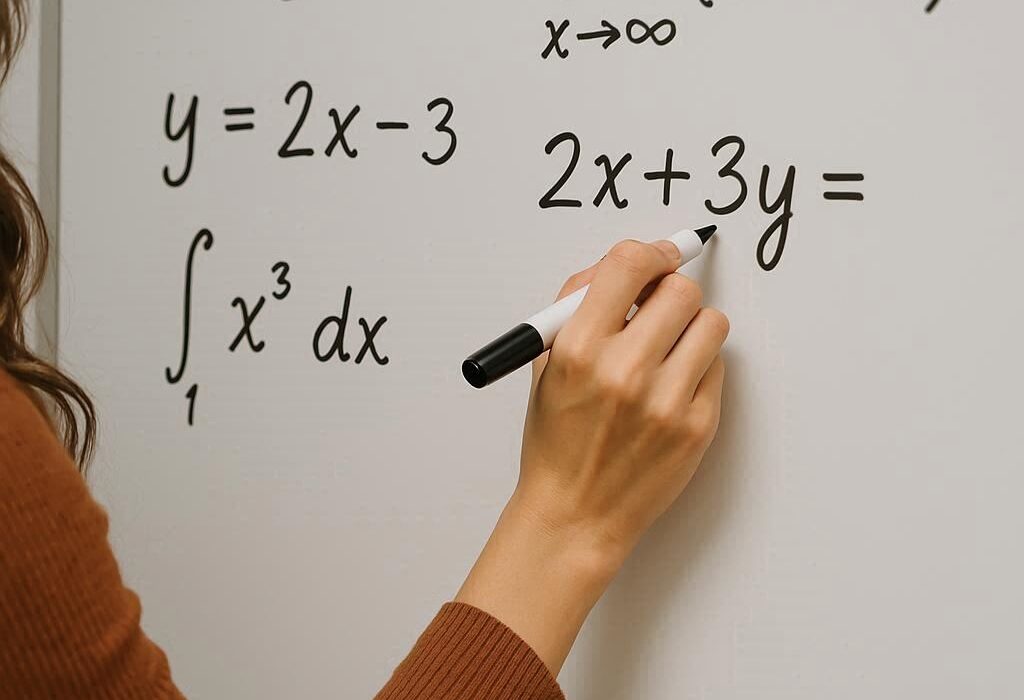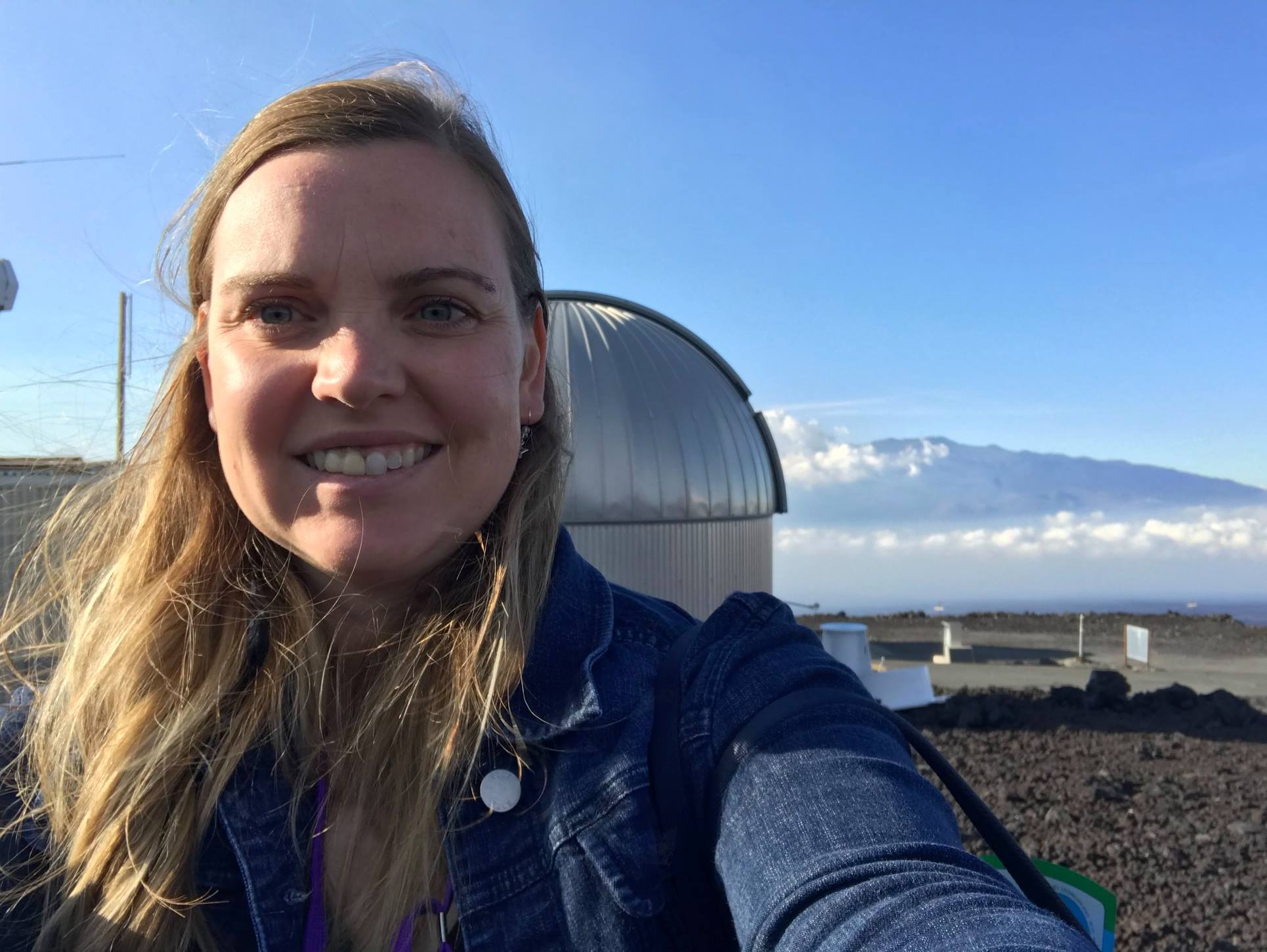
by Katelyn Poovakan
What would the world be like without mathematics? There would be no way to order five apple pies instead of three, or three hundred and fourteen apple pies. Without mathematical measurements, a baker would be unable to measure three cups of flour for a pie.
It would also be impossible to determine the size of objects. No one would know if a gallon of milk could fit in a rectangular prism measuring three inches long, three inches wide, and five inches tall. Construction would be difficult, as engineers could not make calculations to ensure that a building was safe and secure. People might speculate that the Earth is 314 times bigger than the sun, and there would be no way to prove that statement incorrect.
Almost all technological advancements would not exist. Time itself would be impossible to track. As stated by Education Times, “It is impossible to live in a world without mathematics. Math plays a key role in almost all aspects of our lives.”
And what would the world be like without women in mathematics? According to Ileana Wachtel of USC Dornsife, “For centuries, men have been the dominant figures in mathematics. Women, however, have been making important contributions since ancient times.”
The first known woman mathematician was Hypatia of Alexandria, described by MacTutor as “the first woman to make a substantial contribution to the development of mathematics.” From Hypatia to Maryna Viazovska—who won the 2022 Fields Medal, according to the International Mathematical Union—countless women have courageously made critical contributions to the field.
Some discovered new principles in algebra or geometry. Others passed on mathematical knowledge through teaching, preserving the love of the subject for future generations. For centuries, women have been integral to the progress of mathematics.
International Women in Mathematics Day is celebrated annually on May 12—the birthday of Maryam Mirzakhani, according to the University of Washington. The holiday was proposed at the 2018 World Meeting for Women in Mathematics and accepted by a large majority of attendees, according to Forbes.
Mirzakhani was the first woman to receive the Fields Medal, the most prestigious award in mathematics. The University of Chicago describes it as “the highest professional honor a mathematician can attain,” and Britannica calls it “the mathematical equivalent of the Nobel Prize.”
She won the award in 2014 “in recognition of her contributions to the understanding of the symmetry of curved surfaces,” according to Stanford University.
Born on May 12, 1977, in Tehran, Iran, Mirzakhani lived through the Iran–Iraq War with her parents and three siblings. She won gold medals in the International Mathematical Olympiads in 1994 and 1995, earned her Ph.D. at Harvard University in 2004, and became a professor at Stanford in 2008. She was diagnosed with cancer in 2013 and passed away on July 14, 2017, at Stanford Hospital.
When presented with the Fields Medal, Mirzakhani said, “I am sure there will be many more women winning this kind of award in coming years.”
Like Mirzakhani, many women today are expanding the field of mathematics.
Taylor McAdam, a visiting assistant professor at Pomona College, explained: “As a girl, most people did not expect me to be interested in STEM subjects, nor to excel at them.” Despite this, she majored in math and now teaches two courses per semester while also conducting research in theoretical mathematics. She admits that when working on unsolved problems, “it probably looks like I am not doing much of anything … it involves a lot of trial and error.”
McAdam confessed she wasn’t always interested in math: “We were just taught to memorize equations and do repetitive computations, and that did not interest me at all … It wasn’t until my junior year of high school that I really started to become interested in STEM subjects.” Excellent teachers in precalculus and physics showed her that math could be “creative and fun—solving puzzles and thinking outside the box.”
Tracy Nguyen, a professor at Citrus College, shared a similar perspective: “I’ve always appreciated how math challenges the mind and provides structure and logic to problem-solving.” Nguyen said her work involves teaching classes, grading, preparing lessons, and meeting with students. “Every day is a little different, which keeps things interesting!”
She added that persistence fueled her love for mathematics: “I didn’t always find it easy, but I enjoyed the challenge and the sense of accomplishment when I figured something out.” Nguyen also shared fun facts, such as the historical absence of zero in early number systems, and the astronomical number of possible arrangements in a shuffled deck of cards—52! (approximately 8.07 × 10^67).
Both professors emphasize that mathematics is not only essential for careers in science, technology, engineering, and business, but also for everyday life. It teaches logical thinking, problem-solving, and critical analysis.
For centuries, women have advanced mathematics in extraordinary ways—from early discoveries to pioneering work in modern fields like algebra, geometry, statistics, and computer science. Ada Lovelace, for example, contributed to the Analytical Engine, considered one of the first computers. Today, women continue to inspire as researchers and professors, keeping the spirit of mathematics alive for future generations.
Math is everywhere: in the buildings we enter, the food we eat, and the technology we use. It guides engineering, cooking, business, elections, and even art. From simple fractions to advanced calculus, mathematics is one of the most vital aspects of daily life.
Conclusion:
Mathematics plays a central role in human progress, and women have been key contributors throughout history—from Hypatia to Mirzakhani to Viazovska. International Women in Mathematics Day celebrates these achievements and inspires the next generation. As more women pursue careers in STEM, their work will continue to shape science, technology, and society. The impact of women in mathematics is not only historical but ongoing, ensuring the field remains vibrant and innovative for years to come.






